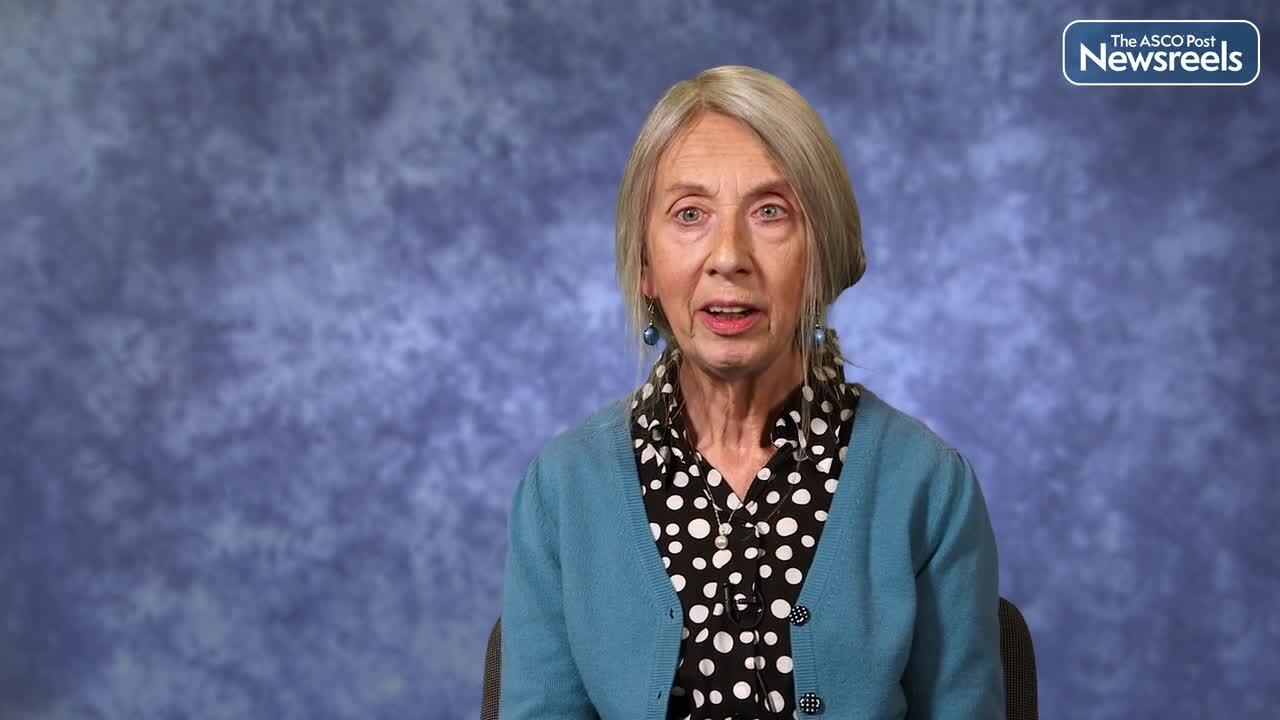Transcript
Disclaimer: This video transcript has not been proofread or edited and may contain errors.
Development of the spatially informed biomarker, that is the main goal of our study. Our study here is focusing on relapsed refractory Hodgkin lymphoma because, as you know, despite the recent treatment advancements, still about 20 to 30% of patients experience relapsed disease, and about half of them eventually succumb to their disease.
Importantly, there's no biomarker we can utilize in daily clinical practice setting yet. So, our study goals are describing the tumor microbiome ecosystem for the relapsed/refractory Hodgkin lymphoma and develop some novel prognostic model for relapsed/refractory Hodgkin lymphoma.
For these goals, we applied imaging mass cytometry, which enabled us to visualize more than 37 protein marker in the spatial context, and we applied IMC using the unique cohorts, which consist of 73 paired diagnostic and relapsed biopsy of Hodgkin lymphoma.
Primary advantage of the imaging mass cytometry data is that we can capture the complex spatial information at single cell resolutions. To capture the complex information, we established the pipeline called spatial score, so that we can utilize the information for the biomarker development.
First, we describe the unique contrast between early relapsed biopsy and relapse biopsy. In brief, we identified that early relapsed biopsy, in general, shares micro-environment patterns between diagnostic and relapsed biopsy. In contrast, where relapsed biopsy shows the significant difference between diagnostic and relapsed biopsies.
Next, we sought to develop the micro-environments best prognostic model, using the spatial information. So first, using the best model and using amazing math rudimentary data, we identified the four variables which is significantly associated with the outcome in relapsed/refractory Hodgkin lymphoma which includes CXCR5 positive HRS cells, CD4 positive T cells, macrophage and CXCR5 positive B cell population.
Using those four variables, we have developed a novel prognostic model called RHL4S, which produced highly significant [inaudible 00:02:50] group in relapsed/refractory Hodgkin lymphoma, in harmony, treated with high dose chemotherapy, followed by stem cell transplantation.
We further identified the unique micro-environment patterns of the six certified positive HRS cells, which are spatially arranged together and form cell clusters. Their unique interactions with the six certified positive initial population, including macrophage and T cells.
In summary, we have developed a novel prognostic model in relapsed/refractory Hodgkin lymphoma and importantly, we have now opened up a new avenue of spatially informed biomarker. I believe that this new concept can be applicable to any of the cancer types, not limited to Hodgkin lymphoma. Now, we are verifying our findings and our ultimate goal is we can utilize those spatially informed biomarker in the daily clinical practice setting.
Now we are translating our IMC data findings into the managed IT settings so that we can utilize the information into the daily clinical practice.





